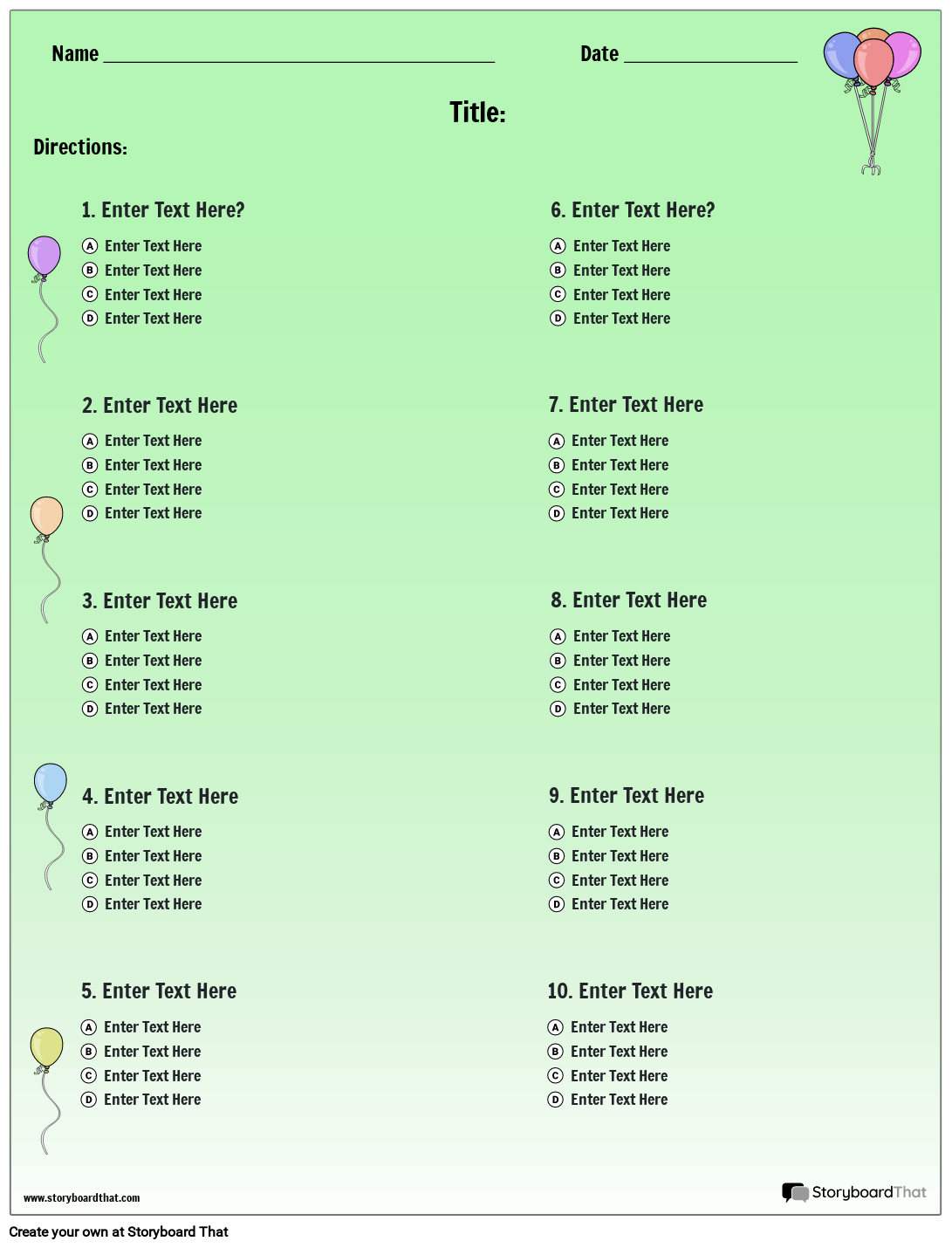Multiple choice questions are a popular type of assessment in various educational settings. They allow students to choose the correct answer from a list of options, making them a convenient and efficient way to test knowledge and understanding. Below are some examples of multiple choice questions that illustrate the format and structure of this type of assessment.
When creating multiple choice questions, it is important to ensure that the options are clear and concise, and that the correct answer is not too obvious. This helps to challenge students and assess their understanding of the material effectively.
Sample Questions:
1. What is the capital of France?
a) London
b) Paris
c) Rome
d) Berlin
2. Who wrote the play “Romeo and Juliet”?
a) William Shakespeare
b) Jane Austen
c) Charles Dickens
d) Mark Twain
3. What is the chemical symbol for gold?
a) Au
b) Ag
c) Fe
d) Cu
4. Which planet is known as the “Red Planet”?
a) Mars
b) Jupiter
c) Venus
d) Saturn
5. Who is known as the “Father of Modern Physics”?
a) Isaac Newton
b) Albert Einstein
c) Galileo Galilei
d) Niels Bohr
Multiple choice questions are a versatile tool that can be used in various subjects and disciplines. They provide a structured way to assess students’ knowledge and understanding, and can be easily graded using automated systems. By carefully designing and selecting the options, educators can create effective multiple choice questions that challenge students and encourage critical thinking.
In conclusion, multiple choice questions are a valuable assessment tool that can help educators evaluate students’ understanding and retention of course material. By using clear and concise questions with well-constructed options, educators can create effective assessments that measure students’ knowledge and critical thinking skills.
